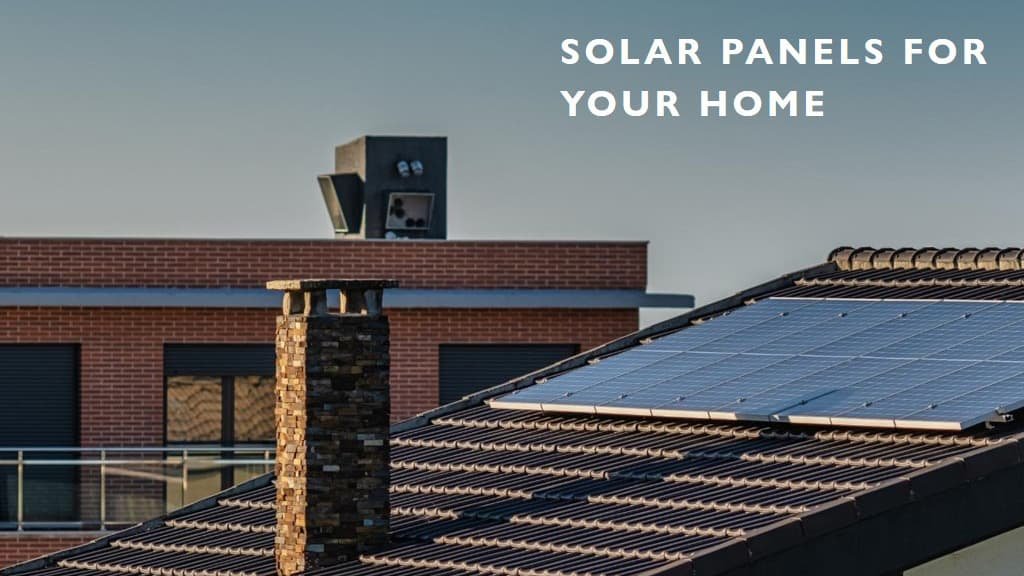Solar energy is becoming an increasingly popular choice for homeowners and businesses looking to reduce their carbon footprint and save on energy costs. But how exactly do solar panels work? This beginner’s guide will walk you through the basics of solar panel technology and how it harnesses the power of the sun to generate electricity.

1. Understanding Solar Panels
What Are Solar Panels?
Solar panels, also known as photovoltaic (PV) panels, are devices that convert sunlight into electricity. They are made up of many solar cells, which are the fundamental units that perform this energy conversion. Solar panels are typically installed on rooftops or open spaces where they can receive maximum sunlight.
Key Components
- Solar Cells: The main component of a solar panel, typically made from silicon. These cells absorb sunlight and convert it into electricity.
- Glass Cover: Protects the solar cells from environmental elements like rain, wind, and dust.
- Encapsulation: A protective layer that safeguards the solar cells and maintains their efficiency.
- Backsheet: The layer at the back of the solar panel that provides insulation and protection.
- Frame: Usually made of aluminum, the frame provides structural support and allows for easy mounting.
- Junction Box: Houses the wiring and electrical connections, ensuring the safe transfer of electricity.
2. The Photovoltaic Effect
How Do Solar Cells Work?
The core technology behind solar panels is the photovoltaic effect. Here’s a simplified explanation:
- Sunlight Absorption: When sunlight hits the solar cells, it is absorbed by the semiconductor material (usually silicon).
- Electron Excitation: The absorbed sunlight provides energy to the electrons in the semiconductor, exciting them and allowing them to flow freely.
- Electric Field Creation: Solar cells are designed with an electric field that directs these free electrons towards metal contacts, creating an electric current.
- Current Generation: This flow of electrons generates direct current (DC) electricity, which can be used to power electrical devices.
3. Converting DC to AC
The Role of the Inverter
Most homes and businesses use alternating current (AC) electricity, while solar panels produce direct current (DC) electricity. To make the electricity generated by solar panels usable, it needs to be converted from DC to AC. This is where the inverter comes in.
Types of Inverters
- String Inverters: Connect an entire string of solar panels to a single inverter. They are cost-effective but can be less efficient if any of the panels in the string are shaded.
- Microinverters: Installed on each individual solar panel, allowing each panel to operate independently. They are more efficient but come at a higher cost.
- Power Optimizers: Combine the benefits of both string inverters and microinverters, enhancing the performance of each panel while using a centralized inverter.
4. Integrating with the Electrical Grid
- Grid-Tied Systems: In a grid-tied solar power system, the solar panels are connected to the local electrical grid. When your solar panels produce more electricity than you need, the excess power is sent back to the grid, often earning you credits through net metering. When the panels produce less power than needed, you can draw electricity from the grid.
- Off-Grid Systems: Off-grid systems are not connected to the electrical grid. Instead, they rely on battery storage to store excess electricity generated during the day for use at night or during cloudy periods. These systems are ideal for remote locations without access to the grid.
5. Benefits of Solar Energy
Environmental Impact
- Reduced Carbon Footprint: Solar energy is a clean, renewable source of power that significantly reduces greenhouse gas emissions compared to fossil fuels.
- Sustainable Energy: Solar panels harness an inexhaustible source of energy—the sun—ensuring a sustainable energy solution for the future.
Economic Benefits
- Lower Energy Bills: By generating your own electricity, you can reduce or even eliminate your monthly energy bills.
- Incentives and Rebates: Many governments offer financial incentives, tax credits, and rebates to encourage the adoption of solar energy, reducing the initial investment cost.
6. Getting Started with Solar Panels
- Assessing Your Energy Needs: Before installing solar panels, it’s essential to evaluate your energy consumption and determine how much electricity you need. This will help you size your solar power system appropriately.
- Choosing the Right Solar Panels: Consider factors such as efficiency, durability, warranty, and cost when selecting solar panels. Monocrystalline panels are typically more efficient and durable but come at a higher cost. Polycrystalline panels are less expensive but slightly less efficient.
- Professional Installation: While DIY installation is possible, hiring a professional solar installer ensures that your system is designed and installed correctly, maximizing performance and longevity.
Conclusion
Solar panels are an incredible technology that harnesses the power of the sun to generate clean, renewable energy. Understanding how they work can help you make informed decisions about adopting solar energy for your home or business. By investing in solar panels, you can reduce your carbon footprint, save on energy costs, and contribute to a more sustainable future.


